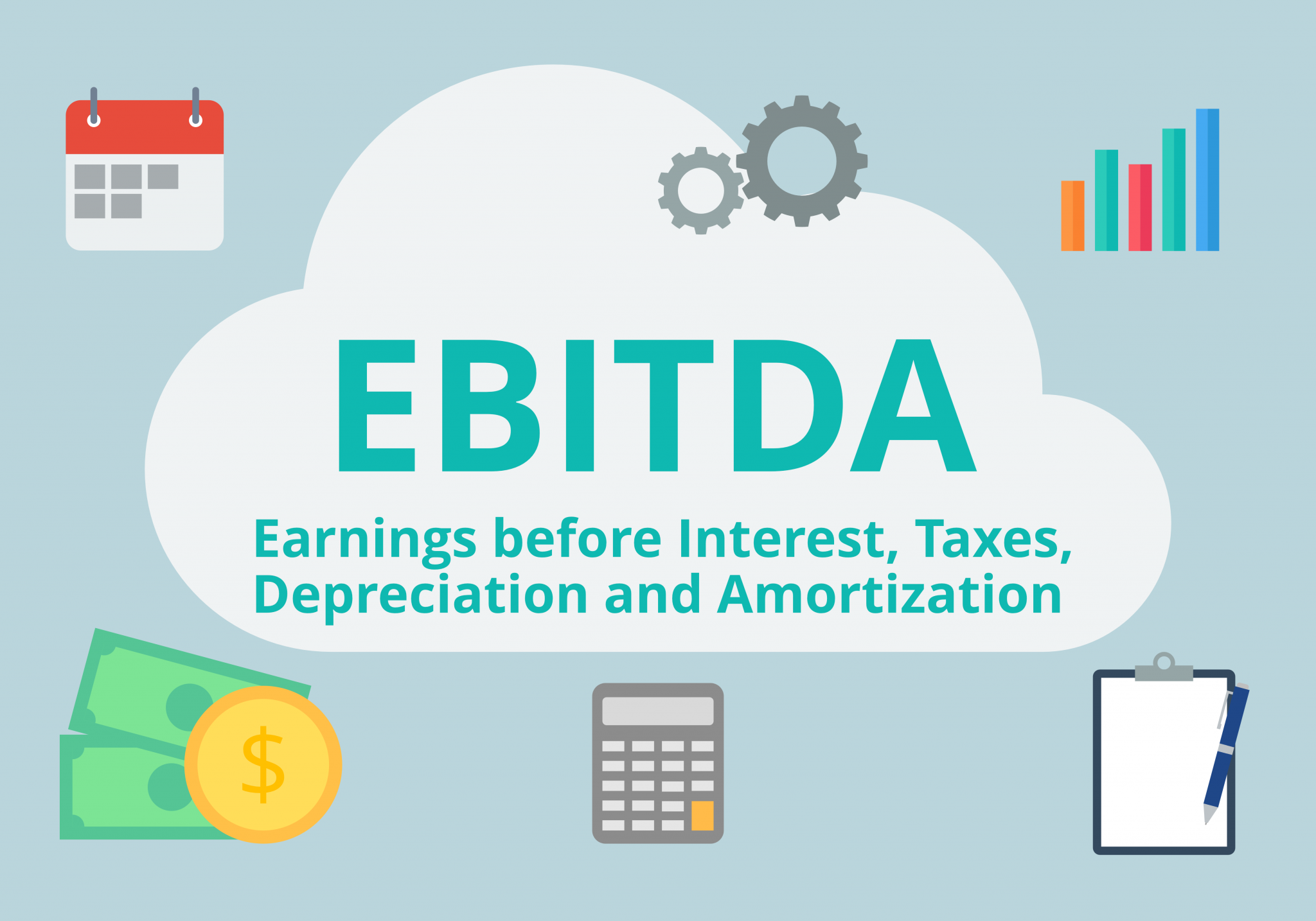EBITDA is like a unicorn in the world of finance – it’s a mythical creature that shows you how much money a company is making before it has to pay its bills, feed its assets, and pay its taxes. It’s basically the company’s salary before it has to go grocery shopping, pay the rent, and settle its debts. It’s the financial equivalent of being able to eat cake and have it too!
The fact is, almost all new tech companies show EBITDA. Several non-tech companies too.
And then you have people like Charlie Munger and Warren Buffett who said, think that every time you see the word EBITDA, you should substitute the word bullsh*t earnings.
What’s the deal with EBITDA?
Why do so many companies use it? And why does Warren Buffett not like it?
Full-Form: Earnings Before Interest, Taxes, Depreciation, and Amortisation.
So, let’s break down each word and understand its meaning of it:
Interest: When a company borrows money, it has to pay back the amount it borrowed plus any additional interest charges. The amount it owes on its loans is referred to as interest.
Taxes: The company owes the government a certain amount of money in taxes, based on its financial performance and other factors.
Depreciation: A company has assets such as machinery, vehicles, computers, and furniture that decrease in value over time. This decrease in value is known as depreciation.
Amortization: Some of a company’s assets, such as patents and copyrights are intangible and have a value that decreases over time. The cost of these decreasing intangible assets is known as amortization.
Why EBITDA?
Let’s break it down and make it easy to understand.
Why use EBITDA instead of just looking at a company’s net profits or earnings? It’s like going on a first date with someone, you don’t just judge them based on their appearance, you want to see what they’re like on the inside too.
EBITDA is a handy tool for those looking to acquire a company. It gives you an idea of the company’s potential future, even if it’s not making a profit right now. It’s like having a sneak peek into the company’s future!
Think about it, a company might be struggling at the moment but those struggles could just be temporary. Maybe once they pay off their debts, they’ll be rolling in the dough. Or maybe there was a one-time issue, like a natural disaster, that caused a temporary setback.
So, even if the company’s earnings look negative, if the EBITDA is positive, it’s a sign that the future is bright for this company. And that makes it a great target for someone looking to own the company.
In short, EBITDA is like a crystal ball for potential acquirers, helping them see the future potential of a company.
What Is The New Fancy Term Adjusted EBITDA?
Okay, so we’ve got the EBITDA thing down, right? It’s a fancy way of looking at a company’s earnings without all the boring stuff like taxes, interest, and depreciation.
But here’s the thing – EBITDA isn’t perfect. It can’t always capture everything that’s going on in a company.
Adjusted EBITDA. This is where you add in all the weird and wacky expenses that don’t fit into the standard categories. Like legal fees for a court case, or a one-time loss from a funky exchange rate.
The problem is, adjusted EBITDA can be pretty flexible. People can include all sorts of things in there, good or bad. And let’s be real, sometimes people use it to make their company look better than it actually is.
So, if you’re an investor, be careful. Read those reports closely and make sure you know what’s really going on. Just because a company has an impressive adjusted EBITDA doesn’t mean everything is sunshine and rainbows.
